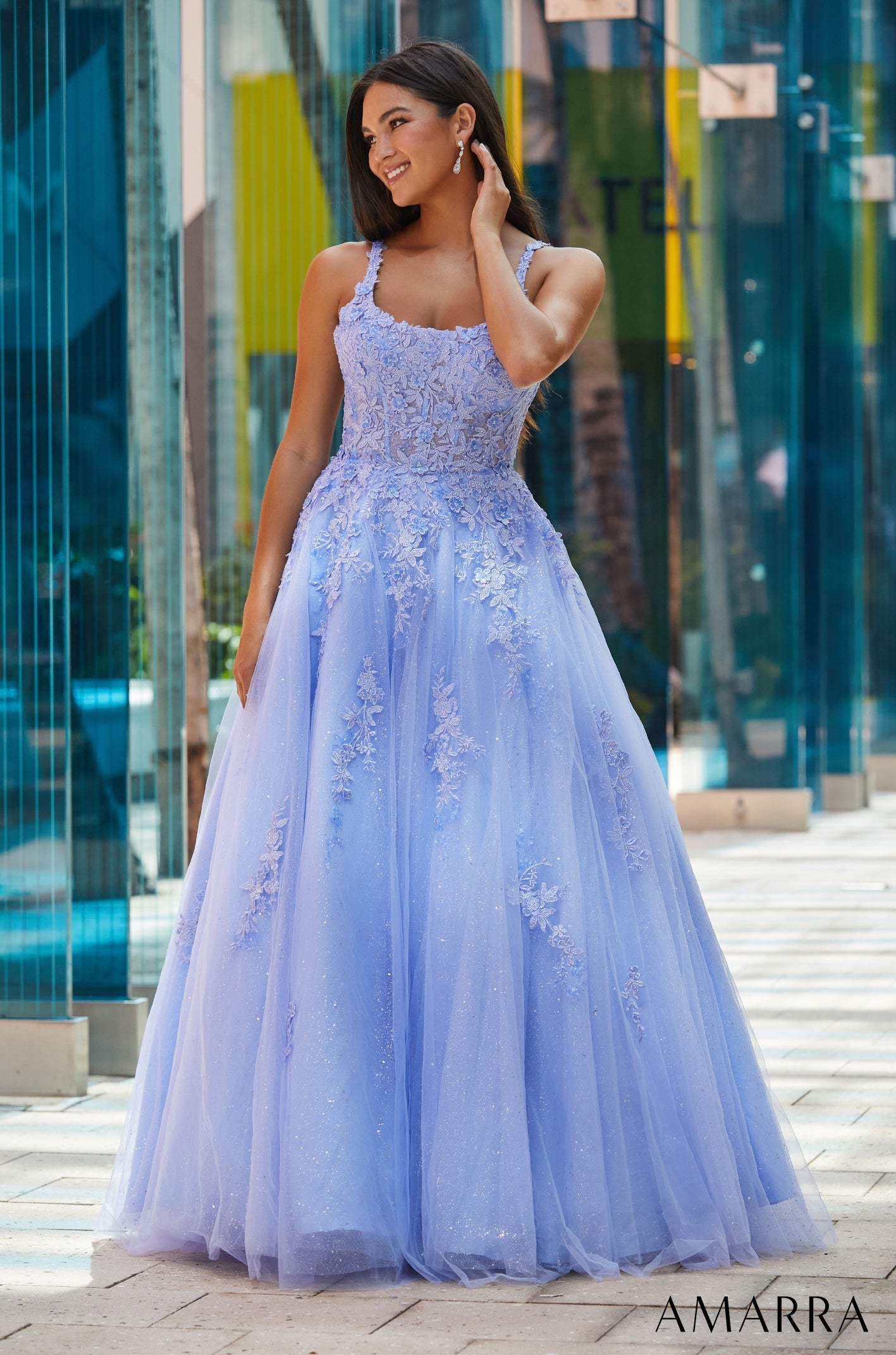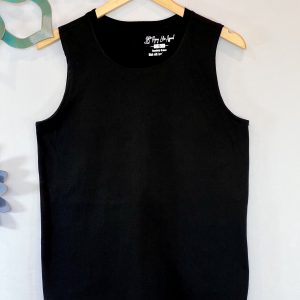The Ultimate Guide to Diamond Shapes and Lab-Created Diamonds
Diamonds have been cherished for centuries, not only for their brilliance but also for their ability to symbolize love and commitment. Whether you’re shopping for an engagement ring or a statement piece, understanding diamond shapes and the benefits of lab-created diamonds can help you make an informed decision. This guide explores the different diamond shapes available and why lab-created diamonds are gaining popularity.
Understanding Diamond Shapes
The shape of a diamond significantly impacts its brilliance, style, and appeal. Choosing the right shape depends on personal preference, trends, and even cultural influences. Below are some of the most popular diamond shapes:
1. Round Brilliant
The round brilliant is the most popular diamond shape, accounting for approximately 75% of all diamond sales. It is designed for maximum sparkle due to its 58 facets, making it an excellent choice for those who value brilliance and fire.
2. Princess Cut
This square-shaped diamond is a favorite for modern and elegant jewelry designs. The princess cut offers exceptional brilliance while maintaining a contemporary and edgy look.
3. Oval Cut
Oval-cut diamonds have an elongated shape that creates the illusion of a larger stone. They also enhance the appearance of long, slender fingers, making them a popular choice for engagement rings.
4. Emerald Cut
The emerald cut is a rectangular shape with step-cut facets that produce a hall-of-mirrors effect. It exudes sophistication and is often favored by those who appreciate vintage aesthetics.
5. Cushion Cut
Cushion-cut diamonds have a square or rectangular shape with rounded edges, resembling a pillow. This shape is known for its soft and romantic appeal, offering a timeless look.
6. Pear Cut
A pear-shaped diamond combines the elegance of a round cut with the uniqueness of a marquise shape. This teardrop design is ideal for those seeking something distinctive.
7. Marquise Cut
The marquise cut features a long, narrow shape with pointed ends, maximizing carat weight and creating an illusion of a larger stone. It is often chosen for those who appreciate vintage and royal designs.
8. Asscher Cut
The Asscher cut is similar to the emerald cut but has a square shape and deeper step-cut facets. It provides a unique geometric sparkle and a sophisticated art-deco look.
9. Heart Shape
For those who love romantic and symbolic designs, the heart-shaped diamond is the ultimate choice. This shape requires precision in cutting to achieve perfect symmetry.
The Rise of Lab-Created Diamonds
In recent years, lab created diamonds have gained immense popularity as a sustainable and ethical alternative to mined diamonds. These diamonds are created using advanced technology that replicates the natural diamond formation process.
Benefits of Lab-Created Diamonds
Lab-created diamonds offer several advantages over their mined counterparts, making them a compelling choice for modern buyers:
- Ethical Sourcing: Lab diamonds are produced in controlled environments, eliminating concerns about conflict diamonds.
- Environmental Impact: The process of creating diamonds in a lab has a significantly lower environmental footprint compared to traditional diamond mining.
- Affordability: Lab-created diamonds are typically 20-40% more affordable than natural diamonds, making them an excellent option for budget-conscious buyers.
- Identical Quality: Chemically, physically, and optically, lab-created diamonds are identical to natural diamonds and offer the same level of brilliance.
- Customization Options: Since lab diamonds are created in controlled conditions, they provide more options in terms of customization, including unique shapes and colors.
How to Choose the Right Diamond Shape and Type
When selecting a diamond, whether natural or lab-created, consider the following factors:
- Personal Style: Choose a shape that resonates with your personality and aesthetic preferences.
- Setting Compatibility: Some shapes work better with specific ring settings. For example, round and oval shapes are versatile, while marquise and pear shapes require special prong settings.
- Budget Considerations: Lab-created diamonds allow you to get a larger or higher-quality diamond for the same price as a smaller mined diamond.
- Symbolism: Certain shapes carry symbolic meanings; for example, heart-shaped diamonds represent love and romance.
Conclusion
Understanding diamond shapes and the advantages of lab-created diamonds can help you make an informed decision when purchasing a diamond. Whether you prefer the classic brilliance of a round cut or the unique elegance of a pear-shaped diamond, lab-created diamonds offer a stunning and ethical alternative to mined gems. With the right knowledge, you can choose the perfect diamond that aligns with your style, values, and budget.












